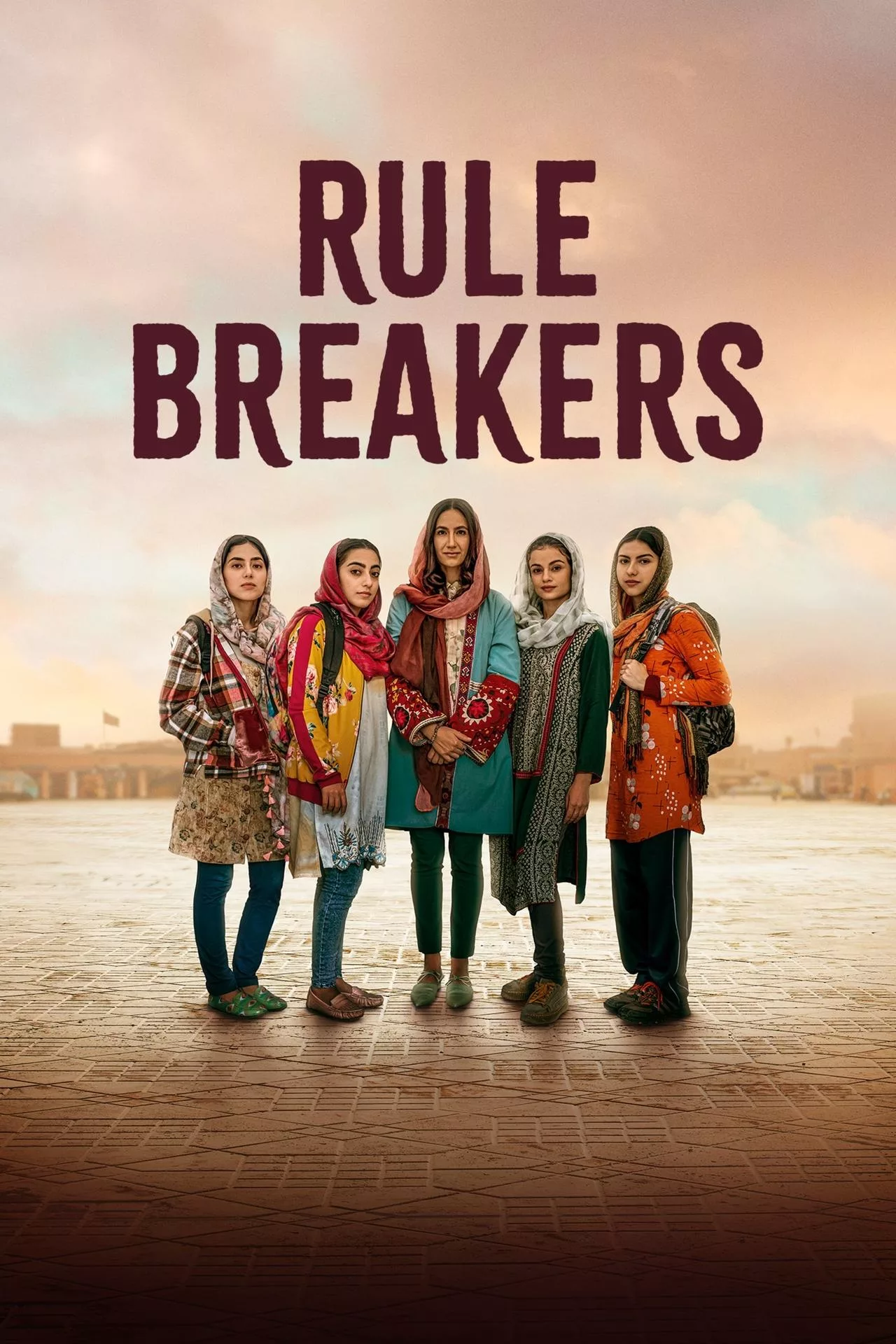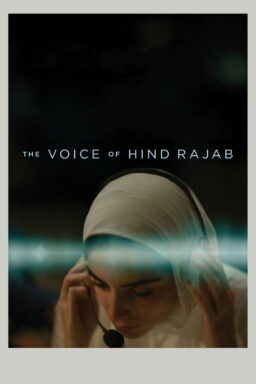There’s a common phrase that goes, “You must know the rules in order to break them,” a principle that is brought to life in “Rule Breakers.” Award-winning director Bill Guttentag approaches the true story of the courageous pioneer and robotics coach Roya Mahboob and the first-ever all-girls robotics team from Afghanistan with a tepid commitment to audience connection.
The first time I saw the trailer for “Rule Breakers,” I was intrigued by the glimpses of the untold triumph of the female robotics amateurs, particularly given the oppression they face in Afghanistan as women seeking an education and developing their careers in software and hardware engineering. Also knowing that it takes place leading up to and around the Taliban’s enforcement on banning girls’ education after sixth grade in 2021 (a ban that is still in place to this day), the story bears a massive weight to expose the actualities of how this team fought back against the violent discrimination they faced. While the trailer sells a certain element of thrill, that of any competitive sports film, the full feature fails to reach that crucial level of anticipation, particularly one of an underdog story.
“Rule Breakers” falters most when it jumps around Mahboob’s (Nikohl Boosheri) introduction to computers and her entrepreneurial career. The film opens in 2017 with Mahboob recruiting in an all-girls classroom and quickly flashes back to 18 years prior when she was the young girl in the classroom being denied the opportunity to learn about technology. After quickly running through her computer coming-of-age, it’s almost unbelievable to grasp how much she has accomplished in such a stifled environment, at a young age with limited resources. Certain events fall flat because the movie struggles to anchor into a logical and linear timeline. This can also be attributed to the film’s inconsistencies with pacing, as there are many bloated, shallow moments, while the heavier, more significant scenes go by in the blink of an eye.
We witness Mahboob and her team overcome a number of personal and societal obstacles: each team member must not only get approval from their parents, but they also must source private funding because of the Afghan government’s strict opposition to the Afghan Dreamers’ existence. Once the team finally receives clearance to travel and compete as a collective, we are quickly dropped into their first competition in Washington D.C. Rather than having insight to the inner workings of the competition and capturing and conveying the team’s reactions their first American experiences, there’s a compilation of interviews with competitors from other countries. It is unclear whether or not these accounts are legitimate. Still, the shared responses and sentiments are so genuine and innocently crafted that they add a documentarian feel to these moments.
It’s not until later competitions that the audience learns of the scoring methodology and general rules and regulations, so when the awards announcements roll around without having seen a lot of the various assessments and games, the audience is left in the dark about Team Afghanistan’s performance. While this would typically create an element of suspense, there’s a looming feeling of an incoming participation prize, which is precisely what they are awarded. The sense of joy and recognition bestowed upon the Dreamers is not fulfilling to either their coach or the audience.
Acknowledgment of all they overcame is powerful, but only to a limited extent. Afghan government approval to visa approval to customs approval to travel approval, their participatory silver medal is, understandably, a letdown, only to return home to face violent retaliation from the Taliban. Following these devastating setbacks, there is quick resolve, and the team is back in the United States to compete again, but not without more qualms from customs. With no time to dwell on the difficulties they encounter and two Black Eyed Peas music montage moments, throughout the second half, the movie remains indecisive with its tone and takeaways. Long years of dedication and determination are minimized by the backdrop of “I Got a Feeling” as the girls team sneaks out for a brief outing, a taste of social autonomy before their final competition.
It is most difficult to quantify a movie’s worth and value when you understand its mission yet wince at its execution. It is imperative to keep these stories alive; as Mahboob says in the film, “it’s dangerous not to talk about” girls’ education and opportunities in the ever-evolving technology sector. The performances from Boosheri and the team she leads (Amber Afzali, Nina Hosseinzadeh, Sara Malal Rowe, and Mariam Saraj) are the film’s biggest achievement; each delivers on the authenticity the story deserves. The filmmaking team also stays true to the film’s core purpose of proving that access to knowledge is power. Nearly four years into the Taliban’s rule of Afghanistan, this story, now more than ever, needs the attention and awareness of an international audience. One only wishes for a deeper telling of it; maybe with at least one less Black Eyed Peas song.
In theaters Friday.




















